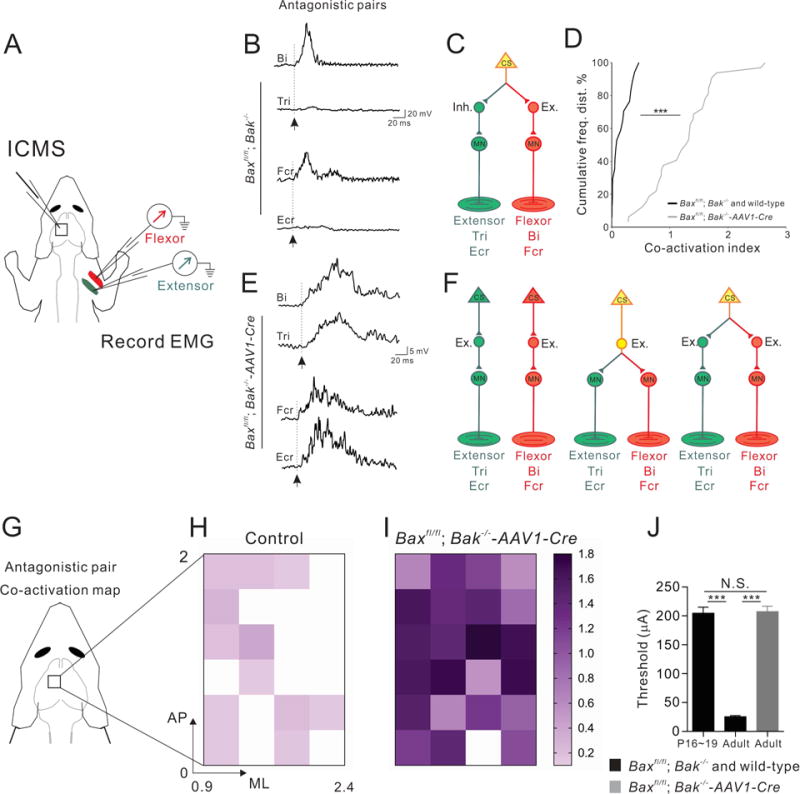Figure 7. Aberrant co-activation of antagonistic muscle pairs in adult Bax/Bak double mutant mice.

(A) Experimental setup of ICMS-evoked muscle EMGs.
(B and E) Representative traces of EMG recordings from the antagonistic muscle pairs Tri/Bi (top) and Fcr/Ecr (bottom) from adult control (Baxfl/fl; Bak−/−) (B) and Bax/Bak double-mutant mice (E), showing co-activation of antagonistic muscle pairs in Bax/Bak double-mutant mice but not in control mice (arrows indicate the onsets of EMG responses).
(C and F) Predominant CS circuit connectivity patterns proposed for adult control (C; 2 wild-type mice and 4 Baxfl/fl; Bak−/− mice) and Bax/Bak double-mutant mice (F). There may be predominantly one type of connectivity in adult control mice (C) whereas multiple connectivity scenarios may be present in Bax/Bak double mutants (F), much like what we see in juvenile wild-type mice (see Fig 3N)
(D) Cumulative histograms showing prevalent (P<0.0001) co-activation in adult Bax/Bak double-mutant mice (gray, right) and very little co-activation in control (black, left) mice.
(G–I) Color-coded plots of co-activation indices of antagonistic muscle pairs in control (n=17 sites from 2 wild-type mice, and n=31 sites from 4 Baxfl/fl; Bak−/− mice) and Bax/Bak double-mutant mice (n=32 sites from 5 mice).
(J) Quantification showing thresholds (μA) for evoking muscle responses in (P16~19) control (n=37 sites from 4 mice) is significantly (P<0.0001) higher than that of adult control (n=41 sites from 3 mice) but is similar (P=0.8505) to adult Bax/Bak double-mutant (n=32 sites from 5 mice). See also Figure S8, which shows normal cortical neuronal excitability in adult Bax/Bak double-mutant mice.
